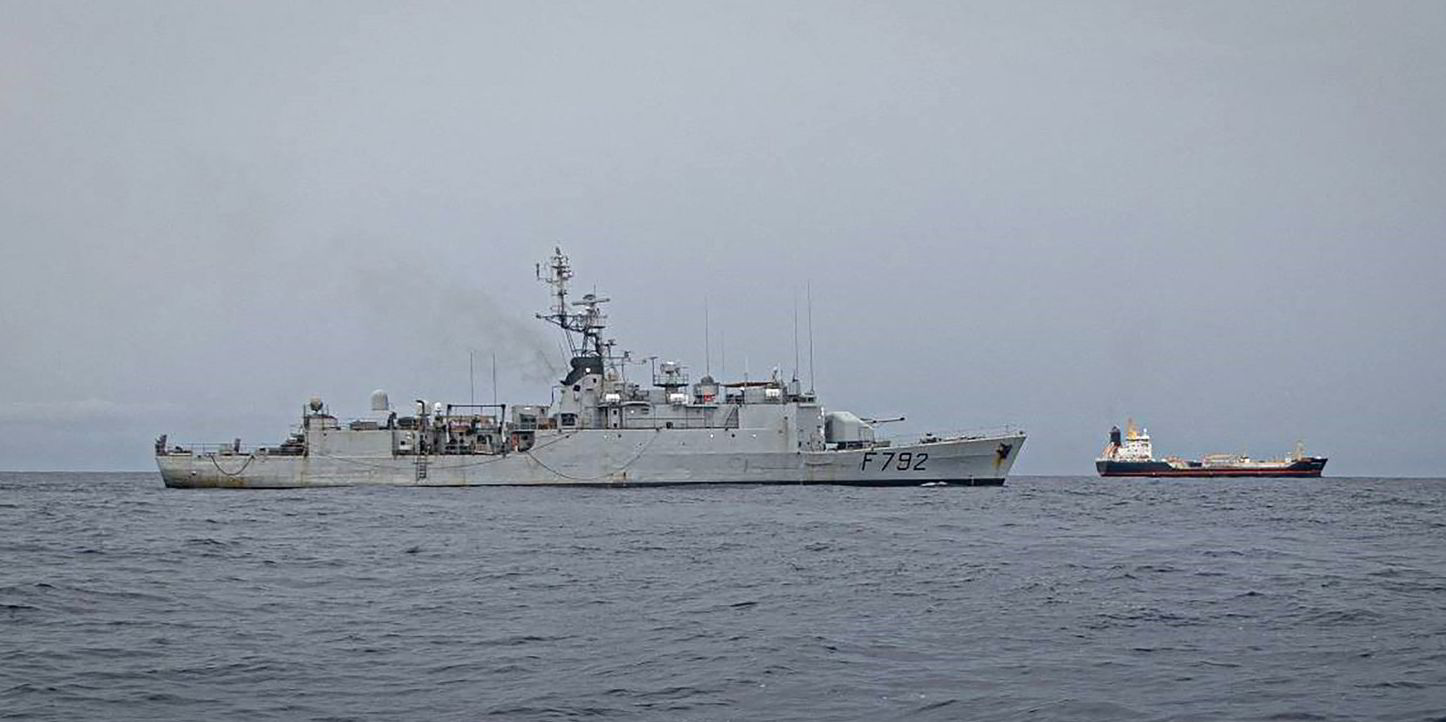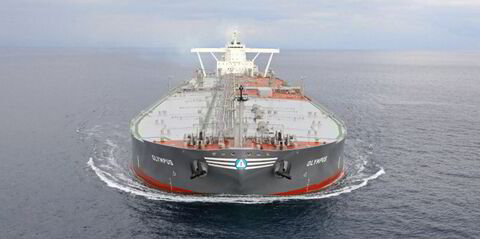Yet another tanker has been boarded by pirates in the Gulf of Guinea, according to an alert put out by Maritime Domain Awareness for Trade — Gulf of Guinea (MDAT-GoG).
Hai Soon Diesel Trading of Singapore's 6,100-dwt chemical/product tanker Success 9 (built 2003) was boarded at 1400 UTC on Monday while approximately 309 nautical miles southwest of Abidjan in the Ivory Coast.
A senior Hai Soon executive confirmed that contact with the Singapore-flag chemical/product tanker has been lost and it is presumed to have been hijacked.
"We are closely monitoring the situation and trying to reestablish contact with the vessel," she said.
An unknown number of suspects boarded the vessel and the situation was said to be ongoing on the afternoon of 10 April.
Security company Ambrey said noted that the ship’s AIS transmissions stopped at 1425 UTC, 25 minutes after the incident reportedly started.
At the time, the vessel was drifting with an estimated 2.1m freeboard.
"Ambrey understands that the vessel routinely engages in ship-to-ship operations with commercial fishing vessels and other bunker tanker operators in West Africa," the company said.
"The apparent modus operandi and the target aligned with a pattern of recent attacks on merchant vessels operating in the regional bunker trade. These have involved extended duration robberies," Ambrey added.
The tanker is 107.84m in overall length and managed by Singapore-based Fortune Ship Management.
“Merchant vessels are advised to adopt heightened vigilance in the area,” the company said.
This latest incident comes less than a month after the hijacking of the 13,700-dwt product carrier Monjasa Reformer (built 2003), which was seized by pirates on 26 March while it was around 140 nautical miles off the Republic of Congo’s Pointe Noire.
The UK-based EOS Risk Group said the two incidents “exemplifies West African pirates’ ability to conduct piracy at great ranges from the shore”.
EOS advised vessels to exercise extreme caution and remain vigilant while maintaining strict anti-piracy watch and measures.
Pirate attacks off the Gulf of Guinea usually involve the kidnapping of crews, who are then held for ransom.
Six crew were abducted from the Monjasa Reformer, with the ship and remaining crew otherwise left unharmed apart from minor injuries.
Monjasa said in media statements shortly afterwards that given the Monjasa Reformer was heading towards Nigeria when it was detected, and given that six crew had been kidnapped while the cargo was left untouched, it appeared to indicate that the incident was a recurrence and extension of the kidnapping of seafarers for ransom.
The company said it believed the abducted crew would be taken to a remote stronghold where they would be held while an “established sequence” played out involving several weeks of negotiation before a deal was reached to secure their release.
An interview given by a crew member after the incident suggested the pirates were armed with axes and were able either to smash their way into the citadel or convince the crew they were able to.
Ambrey said: “There are no industry standards as to secure by design engineering of [a] citadel. And they are often retrofitted and compromised."
“They are ineffectual if the crew are not drilled in their use; that they all can reach the citadel, sustain themselves in it, and communicate from it,” the company added.




